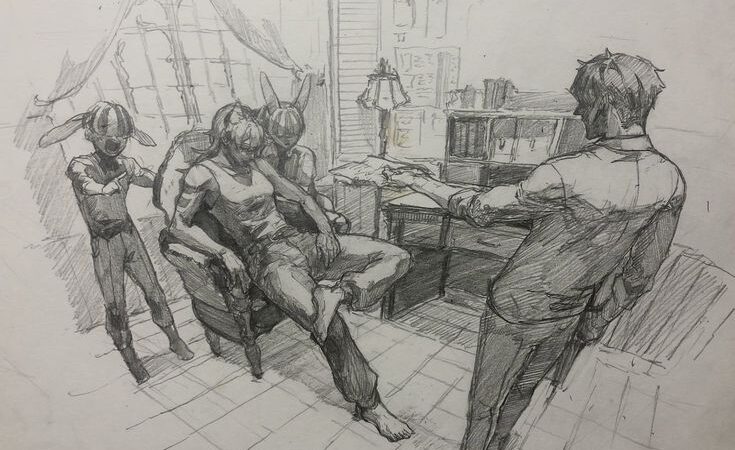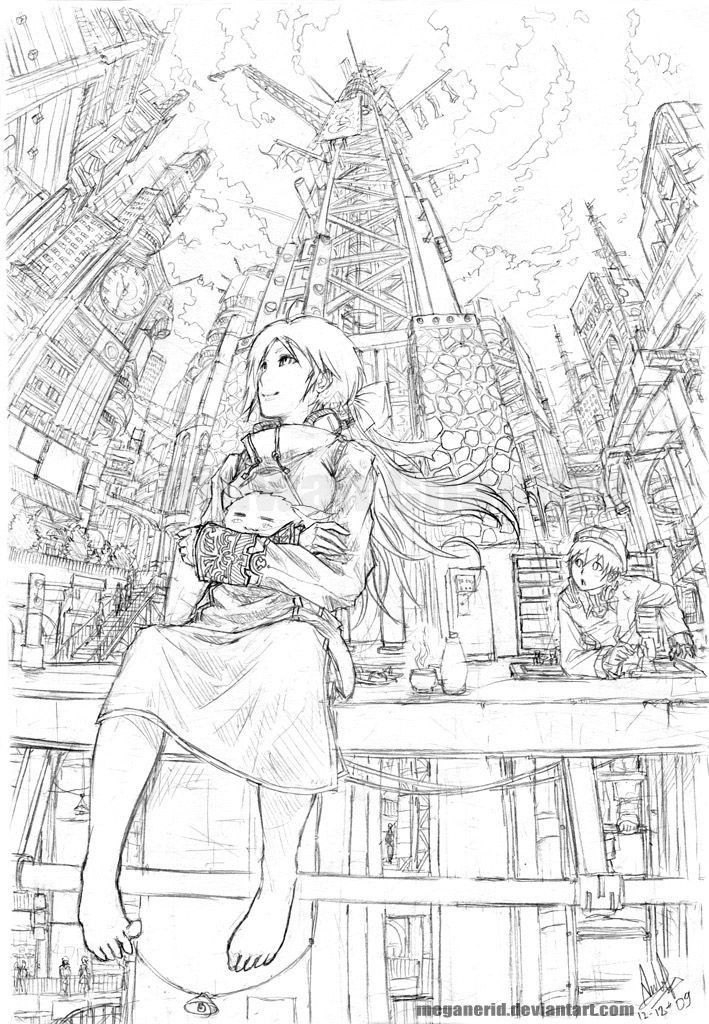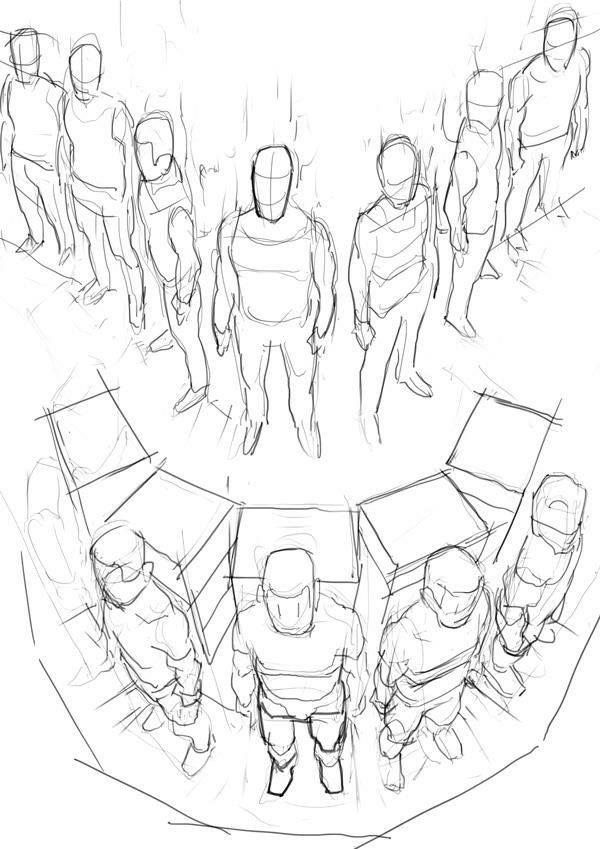How to Understanding Perspective in Illustration

Perspective is a fundamental principle in fine art that allows illustrators to create the illusion of depth and three-dimensional space in two-dimensional images. By understanding perspective, artists can draw objects more realistically and give a more vivid sense of space. This article will discuss the basic concept of perspective and how to use it in illustration.
- Basic Concepts of Perspective
a. Horizon Line
The horizon line is an imaginary line that represents the human eye when looking forward. All elements in the drawing are arranged based on the position of this horizon line.
b. Vanishing Point
The vanishing point is the point where parallel lines appear to meet in perspective. The further an object is from the vanishing point, the smaller it becomes, creating the illusion of depth.
- Types of Perspective
a. Single Point Missing Perspective
This perspective is used when all parallel lines meet at one point on the horizon line. It is suitable for drawing a corridor, street, or room from a direct forward perspective.
b. Two Vanishing Point Perspective
This perspective has two vanishing points on the horizon line. It is usually used to draw three-dimensional objects such as buildings or objects from an oblique angle.
c. Three Vanishing Point Perspective
This perspective adds a third vanishing point that is usually located above or below the horizon. It is suitable for depicting views from extreme angles such as looking up at a tall building or down from a height.
- Using Guide Lines
To get an accurate perspective, use guide lines that lead to the vanishing points. This helps in maintaining the proportions and relationships between objects in the image.
- Adjusting Scale and Proportion
In perspective, objects that are closer to the eye look bigger, while objects that are further away look smaller. By applying this principle, the illustration will appear more realistic.
- Adding Foreground, Midground, and Background Elements
By dividing the image into these three parts, illustrators can create a stronger depth. The foreground usually has more details, while the background tends to be simpler.

- Using Atmospheric Perspective
Besides perspective lines, changes in color and contrast can also be used to show depth. Objects that are further away usually have paler colors and lower contrast compared to the objects in front.
Conclusion
Understanding perspective in illustration allows artists to create more realistic and immersive images. By mastering basic concepts such as horizon lines, vanishing points, and atmospheric perspective techniques, illustrators can produce more dynamic and interesting works. Continuous practice and exploration of perspective techniques will help improve skills in creating a more vivid space in illustrations.



